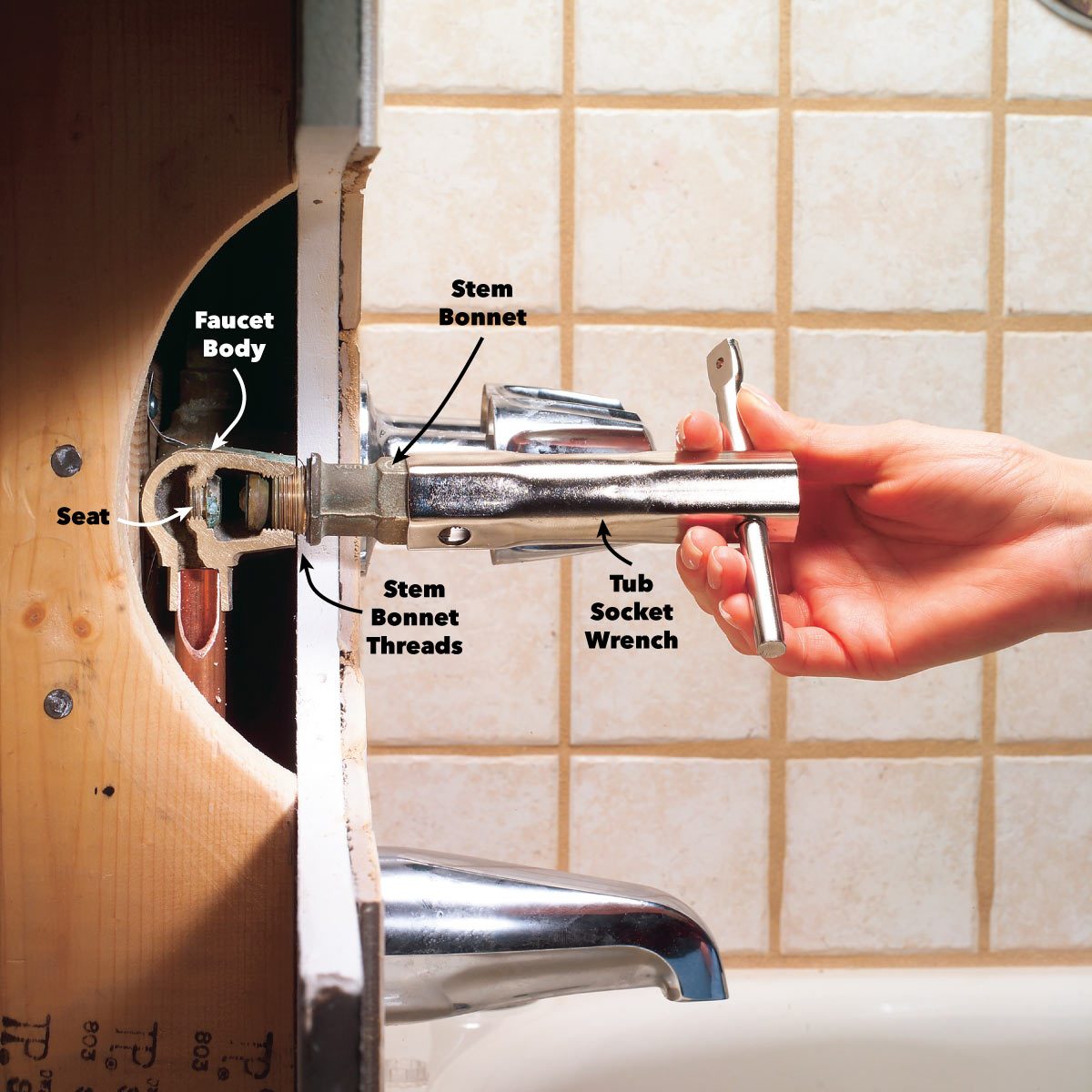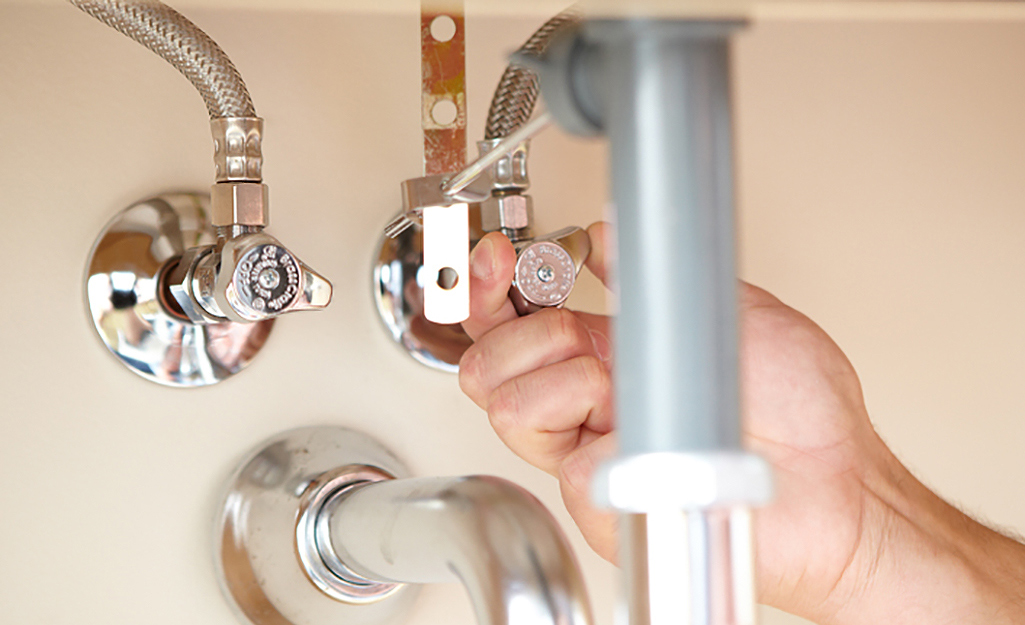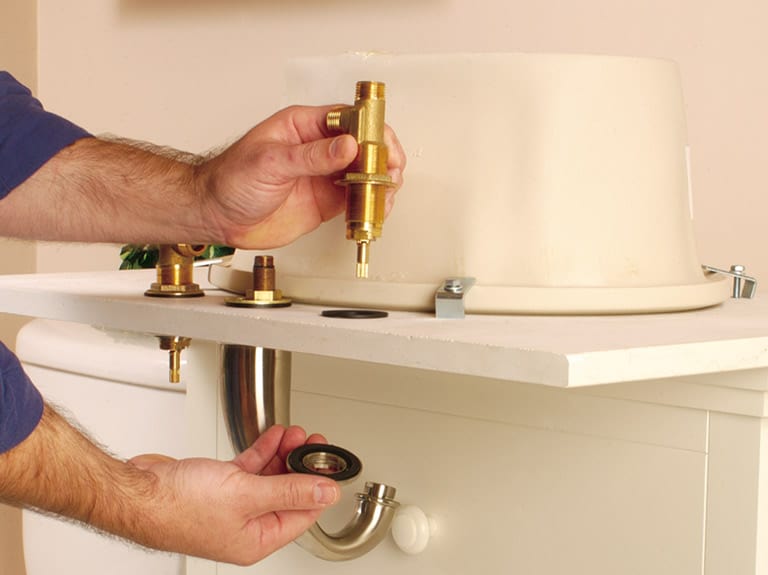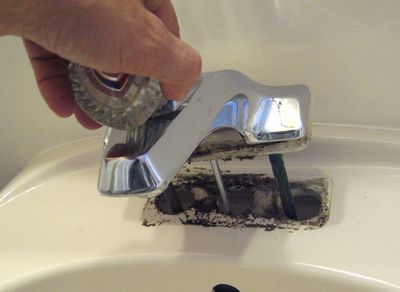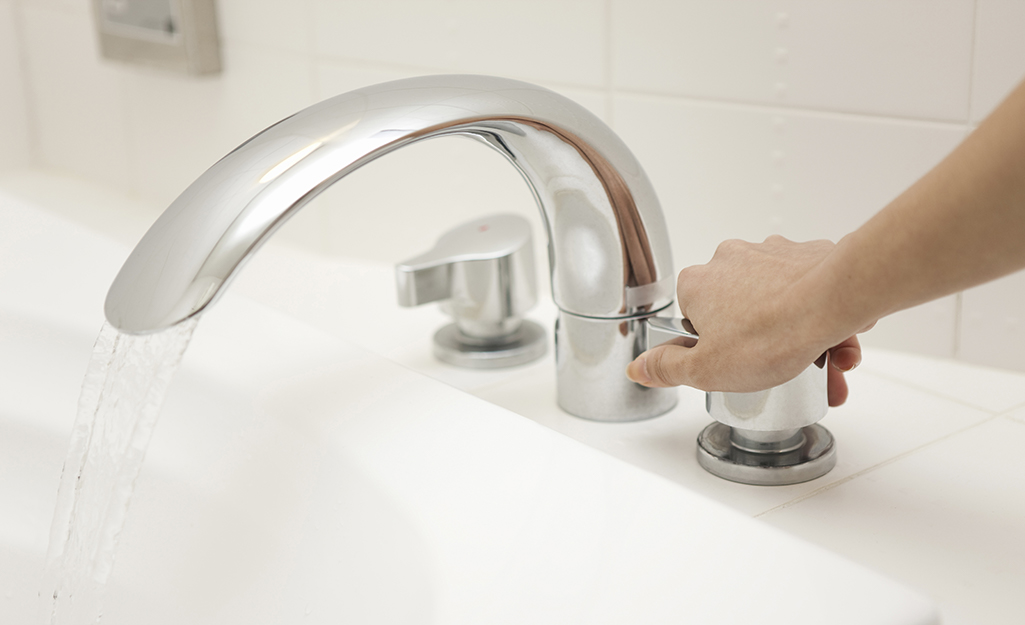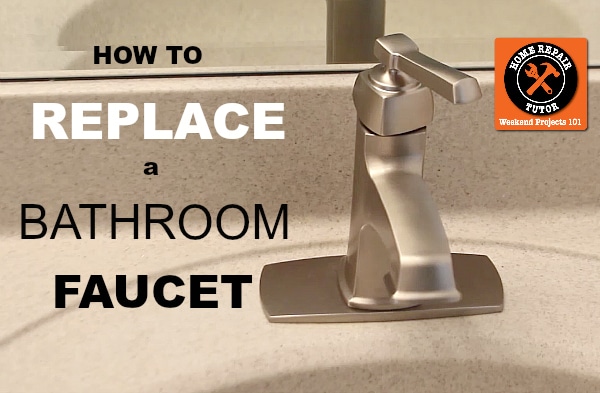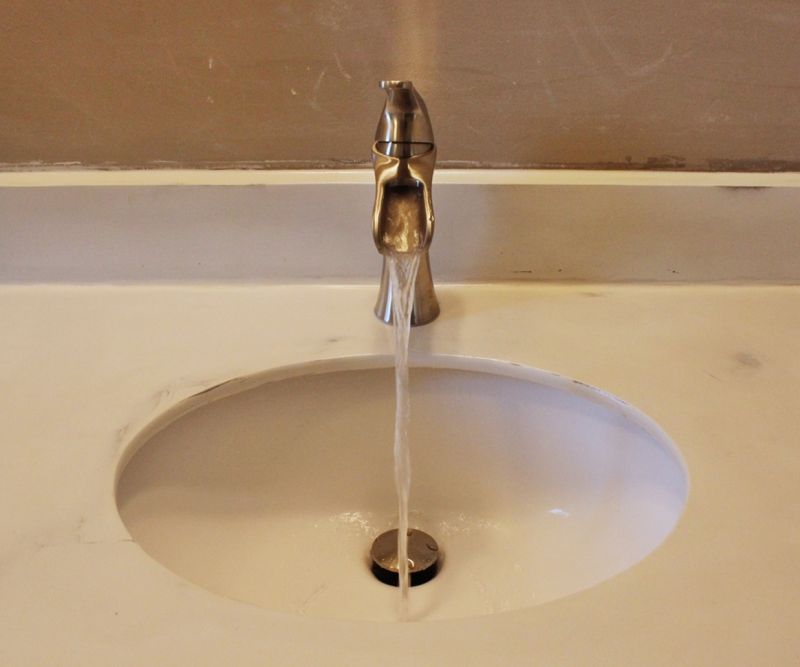Replacing a bathroom faucet is a manageable home improvement task that can refresh the look of your bathroom and improve its functionality. The process involves several steps, beginning with preparation and ending with the installation of the new faucet. It’s important to gather all necessary tools and materials before starting, including a new faucet, adjustable wrenches, a basin wrench, plumber’s putty or silicone caulk, and possibly new supply lines if the old ones are worn out. Additionally, turning off the water supply and clearing out the space under the sink are crucial first steps to prevent any water damage and to ensure an organized working environment.
The first step in replacing a bathroom faucet is removing the old one. Begin by turning off the water supply valves located under the sink. If there are no individual shut-off valves, you may need to turn off the main water supply for the house. After ensuring the water is off by turning on the faucet and letting any remaining water drain out, disconnect the water supply lines from the faucet using an adjustable wrench. Next, use a basin wrench to reach up behind the sink and unscrew the nuts holding the faucet in place. If the old faucet is sealed with caulk or plumber’s putty, you may need to carefully cut through this seal with a utility knife before lifting the faucet out.
Once the old faucet is removed, it’s time to prepare the sink for the new faucet. Clean the area where the old faucet was installed, removing any old plumber’s putty or caulk and any debris or mineral buildup. This ensures a good seal and fit for the new faucet. If your new faucet comes with a gasket or rubber seal, place it over the faucet holes on the sink. If not, apply a thin bead of plumber’s putty or silicone caulk around the base of the faucet to prevent water from leaking under it.
Installing the new faucet involves inserting the faucet’s tailpieces through the holes in the sink. From underneath the sink, secure the faucet by screwing on the mounting nuts using your basin wrench. Make sure the faucet is centered and straight before fully tightening the nuts. Attach the water supply lines to the tailpieces of the new faucet, being careful not to over-tighten and strip the threads. If you’re using plumber’s tape on the threads, wrap it clockwise to ensure a good seal.
After the faucet is securely installed and connected to the water supply lines, turn the water back on by opening the shut-off valves. Check for any leaks by turning on the faucet and inspecting all connections under the sink. If there are any leaks, gently tighten the connections until they stop. Be cautious not to overtighten, as this can damage the fittings. Additionally, run the water for a few minutes to clear out any debris that may have entered the lines during installation.
Finally, clean up any excess plumber’s putty or caulk around the base of the faucet and reinstall any parts of the sink you may have removed, such as the drain stopper assembly. Regular maintenance and periodic checks can ensure the longevity of your new faucet. By following these steps carefully, you can successfully replace your bathroom faucet and enjoy the satisfaction of completing a DIY project that improves your home’s functionality and appearance.
How to Replace a Bathroom Faucet
How to Install or Replace a Bathroom Faucet RONA
How to Replace a Bathroom Faucet
How To Install a Bathroom Faucet
How To Install a Bathroom Faucet
How to Install a Bathroom Faucet – HomeTips
Installing a new bathroom faucet
How to Replace a Bathtub Faucet
How To Replace a Bathroom Faucet – Tinged Blue
How to Replace a Bathtub Spout (DIY) Family Handyman
How to Replace a Bathroom Faucet
How to Remove and Install a Bathroom Faucet
Related articles:
- Replace Moen Bathroom Faucet
- How To Fix Bathroom Faucet Leak
- Teapot Widespread Bathroom Faucet
- Brushed Nickel Brass Bathroom Faucets
- Bathroom Faucet Shut Off Valve
- Kohler Forte Bathroom Faucet Brushed Nickel
- Grohe Cross Handle Bathroom Faucet
- Dornbracht Bathroom Faucet Parts
- Brass Wall Mount Bathroom Faucet
- Vintage Bathroom Faucets Sale
Replacing a bathroom faucet is a task that can be done by anyone with a little bit of DIY knowledge and some basic tools. Whether you are updating the look of your bathroom, fixing a leak, or simply replacing an old fixture, this guide will walk you through the step-by-step process of replacing your bathroom faucet.
Tools and Materials Needed
Before you begin the process of replacing your bathroom faucet, it’s important to gather all the necessary tools and materials. Here’s a list of everything you’ll need:
– New bathroom faucet
– Adjustable wrench
– Basin wrench
– Plumbers putty or silicone caulk
– Teflon tape
– Bucket or towel to catch water
– Screwdriver
– Pliers
Removing the Old Faucet
The first step in replacing your bathroom faucet is to remove the old one. Follow these steps to do so:
1. Turn off the Water Supply
Before you begin removing your old faucet, it’s important to turn off the water supply. You can usually do this by turning off the shut-off valves under the sink. If there are no shut-off valves, you may need to turn off the main water supply to your home.
2. Remove the Drain Stopper
Remove the drain stopper from your sink by unscrewing it or lifting it out. This will give you better access to the mounting hardware underneath.
3. Disconnect Water Lines
Using an adjustable wrench, disconnect the water lines from the old faucet. Be sure to have a bucket or towel handy to catch any excess water that may come out.
4. Remove Mounting Hardware
Using a basin wrench, remove the mounting hardware that holds your old faucet in place. This may require some elbow grease, so be prepared for a little bit of resistance.
5. Remove Old Faucet
Once all mounting hardware has been removed, simply lift up on your old faucet to remove it from your sink.
Installing the New Faucet
Now that you’ve removed your old faucet, it’s time to install your new one. Follow these steps to do so:
1. Install Mounting Hardware
Take the mounting hardware that came with your new faucet and install it onto your sink. This will typically involve placing a rubber gasket over the mounting holes and then securing the mounting hardware in place using nuts and bolts.
2. Connect Water Lines
Connect the water lines from your new faucet to the corresponding hot and cold water supply lines under your sink. Use Teflon tape to ensure a tight seal.
3. Apply Plumbers Putty or Silicone Caulk
Apply a small amount of plumbers putty or silicone caulk to the base of your new faucet before placing it onto the mounting hardware on your sink. This will help create a watertight seal.
4. Tighten Mounting Hardware
Using a basin wrench, tighten all mounting hardware securely in place.
5. Reattach Drain Stopper
Reattach the drain stopper to your sink by screwing it back into place or lowering it into position.
6. Turn on Water Supply
Finally, turn on the water supply and test your new faucet for leaks or drips.
FAQs
Q: Do I need to hire a professional plumber to replace my bathroom faucet?
A: While it is possible to replace a bathroom faucet on your own, if you are not comfortable doing so, it’s always best to hire a professional plumber to avoid any potential mistakes or mishaps.
Q: How long does it take to replace a bathroom faucet?
A: Typically, replacing a bathroom faucet can be done in two hours or less, depending on your level of DIY knowledge and experience.
Q: Can I reuse my old mounting hardware when installing a new faucet?
A: It’s always best to use the mounting hardware that comes with your new faucet. If you try to reuse old hardware, it may not fit properly and could lead to leaks or other issues.
Conclusion
Replacing a bathroom faucet is a relatively simple DIY project that can be done by anyone with the right tools and materials. By following the steps outlined in this guide, you can update the look of your bathroom, fix a leaky faucet, or simply replace an old fixture in no time. Just remember to turn off the water supply before you begin, use the right tools and materials, and take your time to ensure everything is installed correctly. If you’re unsure about any part of the process, don’t hesitate to call in a professional plumber for assistance. With a little bit of effort, you can have a beautiful new faucet installed in your bathroom and enjoy years of trouble-free use.

